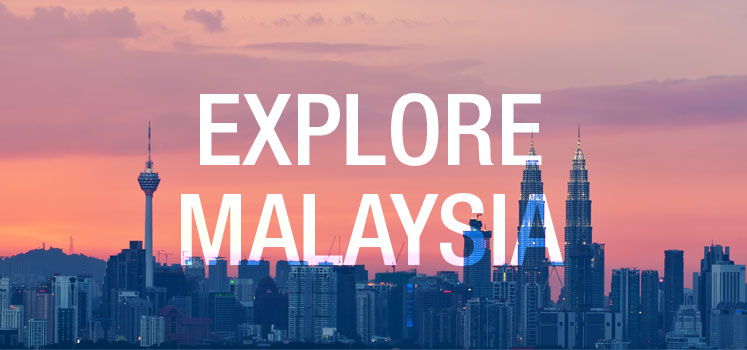
So you’re planning an action-packed journey to Malaysia and you need to know how to get from place to place.
Unfortunately, as you may have already heard, neither Malaysia nor its capital Kuala Lumpur is a destination that’s great for pedestrians.
Can you get around everywhere on foot? Maybe. Should you? Definitely not. Places of interest are far apart, roads often aren’t built with sidewalks, and public transport isn’t very convenient or has great connectivity.
What about taxis?
Yes we do have those! But you’ll find that us Malaysians don’t really use them. They aren’t always available when needed and they don’t always follow the meter. That’s especially true for unlucky tourists that may get hit with the “foreigner special treatment”.
So what should you use to get around?
Worry not, because in this blog post I’ll show you how to traverse Malaysia like a local would. Through this short guide, you’ll be hopping from destination to destination in record time.
Here are your options starting with:
E-Hailing
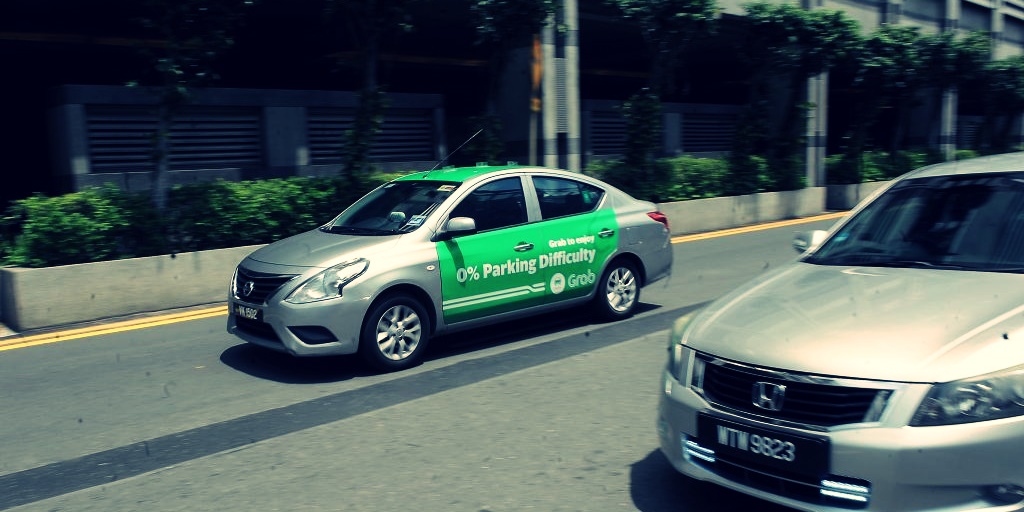
Pros:
- Budget friendly in a group
- Convenient
- Mostly accessible even if it rains
Cons:
- Occasional long waiting times sometimes (think 15+ mins),
- Drivers may not be available during peak and seasonal times
- Affected by rush hour jams
First and foremost is e-hailing. It’s the best option for the vast majority of travelers that are not planning on traveling far distances.
As said we don’t really use the taxi here because e-hailing is a superior option nine out of ten times. It’s convenient and available where you need it as the driver will come to pick you up.
Plus if you’re not planning on going long distances (such as state to state), it may very well be all you need to use for your entire journey.
All it takes to hail a ride is to download the app. The app that we use by the way is the grab app.
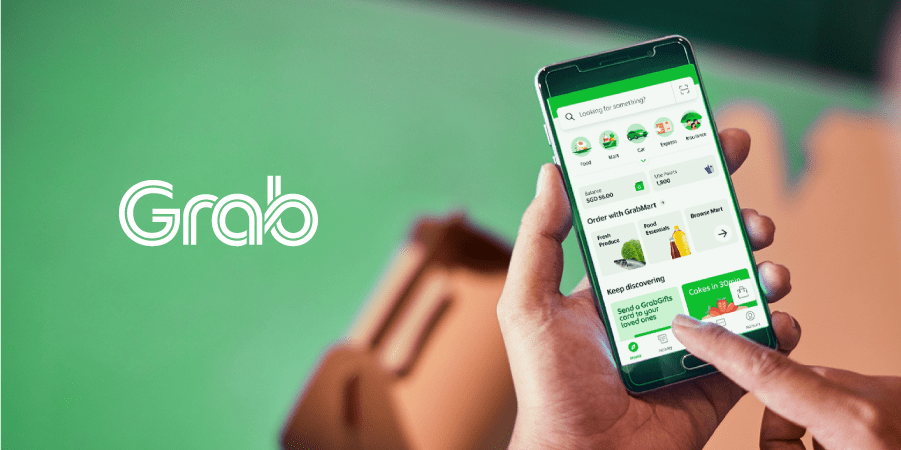
For those who don’t know, Grab is the Malaysian equivalent of Uber of Lyft. And yes, you can get food delivered from it as well for those hungry travelers in need of convenient way to gobble up some delicious local food.
The app itself is intuitive, available in 8 languages and it’s fees are mostly upfront except for tolls when traveling.
To make things even better, it’s also relatively cheap to travel using it as petrol is subsidized here (at least for now). A similar trip in Thailand with the same grab app would cost more than two times after accounting for currency conversion.
A pro tip for those who want to make their travel by grab even more affordable: don’t travel during peak hours (like rush hour or meal times) or when it’s raining when it’s possible as the fares go up based on demand.
Additionally, use the grab saver car whenever it’s available (non weekends during unconventional times) non peak times. When using this option you’d have to wait a little longer to get your ride but not usually by much and it’s totally worth it as it can make traveling around seriously cheap.
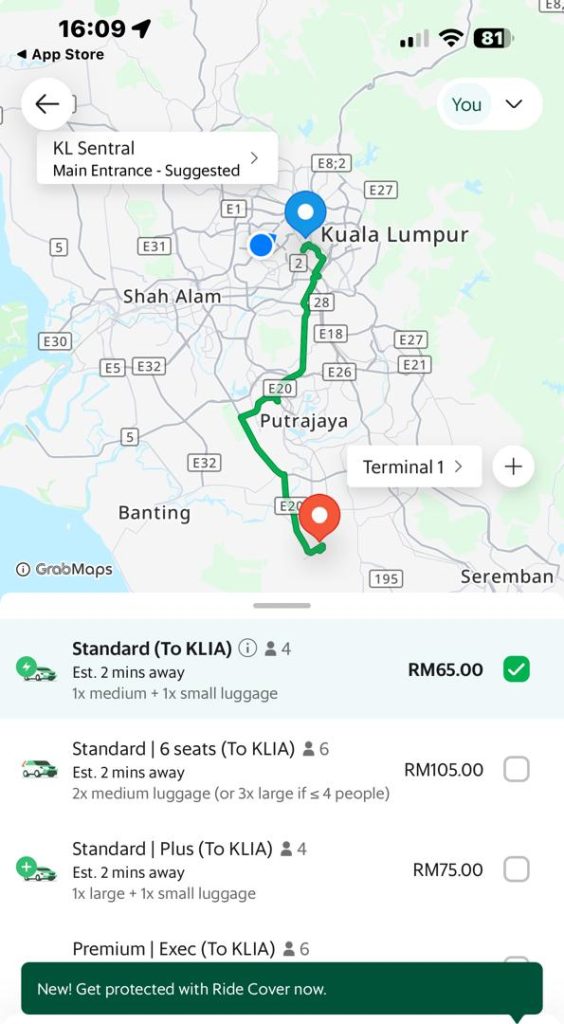
Thus, my recommendation for any traveler coming to Malaysia is to prepare beforehand by downloading the grab app and setting it up. No matter your destination in Malaysia as it’s bound to be handy even as an in case.
And by the way, travelling by Grab is the premier way to travel short distance in East Malaysia where other options such as the train are non-existent.
Download it and set it up preferably before your big Malaysian trip. All you’ll need is an internet connection so either get your mobile data roaming prepared or buy a cheap sim card at the airport.
Car Rental
Pros:
- Most reliable mode of transport
- Budget friendly
Cons:
- Affected by rush hour jams
- Must deal with finding parking
At the end of the day, the trusty car is still the best and most convenient option for getting around Malaysia.
That’s because not too long ago public transport options here was extremely limited and because of that Malaysia has developed to be highly car and motorbike centric.
Thus, we Malaysians would typically own our own car or bike to get around. For your trip here, you have the option to do the same by renting a car – a decent alternative if you don’t want to e-hail to destinations requiring a car.
All it takes is for you to get an international driving permit (IDP) and bring it along with the original drivers license issued in your country.
With an IDP you can even rent and ride a motorbike here, but you should be cautious with that even if you’re great with a bike.
Other than frequent tropical rains making for a potentially miserable experience, adherence to traffic regulations among the locals is… limited.
You’ll find jaywalkers, cutting in without signal, motorbikes weaving in and out of traffic to be everyday (and all the time) occurrences here which may lead to accidents for the uninitiated.
For some, add that to the additional challenge of driving on the left (oh the horror) and it might make for a rather overwhelming experience.
But to the brave souls who aren’t deterred by this (our traffic situation isn’t by any means extreme compared to many other countries) then give it a shot.
Taking the MRT/LRT/BRT (short distance trains):
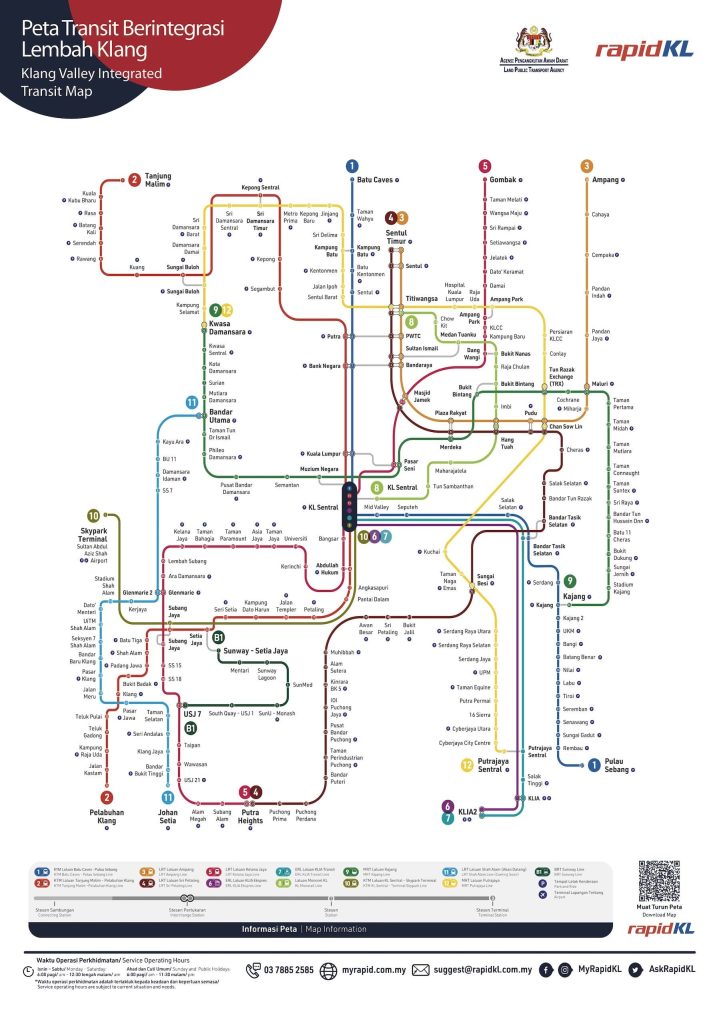
Pros:
- Very affordable
- A godsend during rush hour traffic when the roads are jammed
Cons:
- Station connectivity is limited
- Not very accessible when it rains
Besides travelling by car, there are other ways of getting around short-ish distances. That’s through using MRT/LRT and occasionally BRT train lines which are less convenient to use compared to e-hailing, but are a cost-effective way to get around.
To those budget friendly travelers out there, this is your primary choice of travel. We’re talking the equivalent of about 30% of the cost it takes to e-hail to the same destination if you’re lucky enough to have access to these train stations.
To put into numbers, it would take just around RM4-5 to get from the edge of KL to the very center making it especially good for solo travelers who don’t have anyone to split a car ride with.
Something to note is that all of these train lines are only available in West Malaysia, specifically in Kuala Lumpur (KL) and its surrounding areas and should be viewed as a supplementary means of transport since station connectivity gets progressively worse the further you stray from KL.
That means even after getting to your station, you should be prepared to e-hail for the last leg of your destination. Remember Grab? Yeah use that.
Unless of course your destination is close to or connected to a station, which may be the case if you’re headed towards popular destinations since the train lines are designed to connect to points of interest – think large malls and other tourist attractions like the ever famous KL Twin Towers (KLCC).
An easy way to figure out if your travel is viable by using these train lines is to search up the closest station you’ll be near to on google maps (or chatgpt now that we have AI) and search for the closest station to your destination.
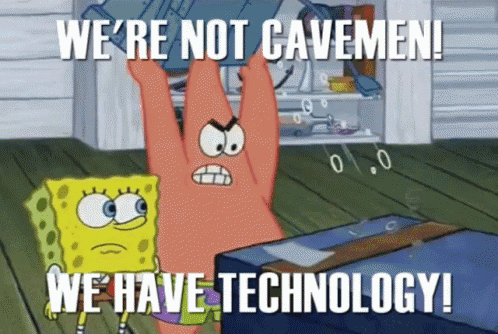
If both are within walking distance from a station then you’re golden. If only one is within walking distance then you can consider e-hailing for the non-walkable part of the leg.
Remember to check the commute time as well since using the train isn’t usually as direct of a trip compared to the car. The exception to this is during rush hour, where the train truly shines as a way to save precious time (hours even).
If you’d like to use the mrt/lrt or brt lines, it’s simple. Simply buy a prepaid card at the kiosk of any of the stations and use it to tap through the entry and exit gates at the stations.
Once you find your way to the station consult this handy map, figure out which platform heads which direction and get on the right train. Each train line will go two directions and you can view the signs at the train platforms to know which is headed to your stop.
So if you are indeed headed to KL, you could consider booking a stay near a station if possible. That way you’ll maximize your options of getting around.
Taking the KTM (Medium/Long distance train line):
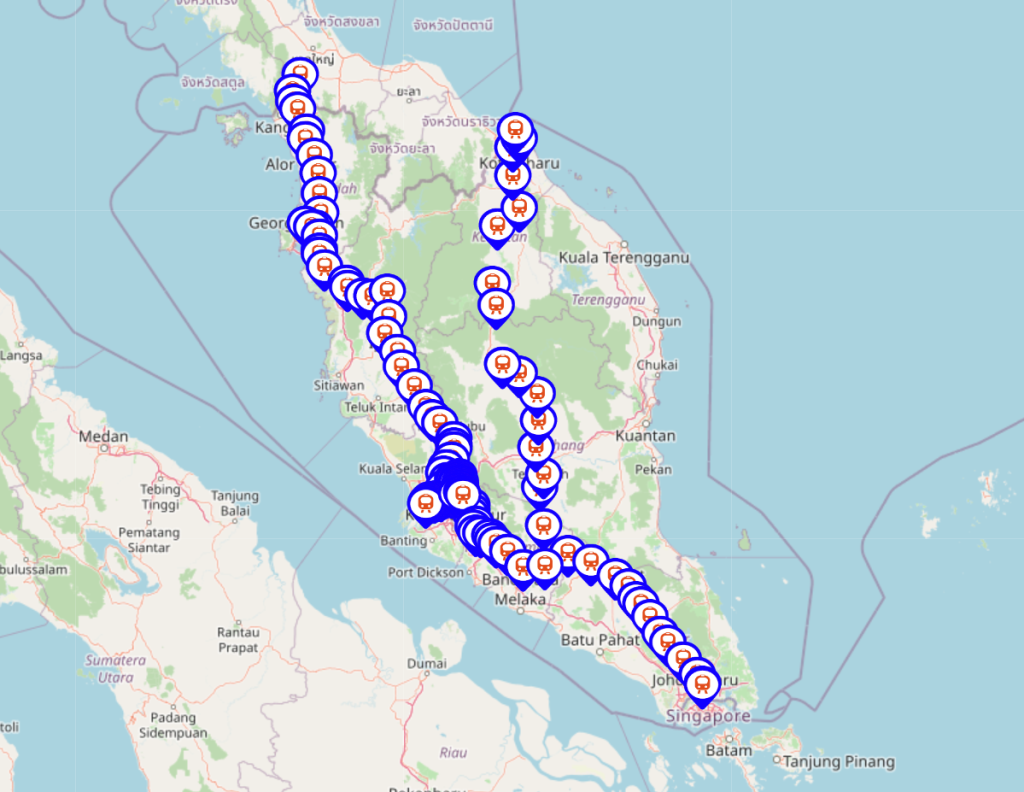
We’ve talked about short distance travel but how about an option for getting somewhere further – say like out of state travel if you’d like to travel from Kuala Lumpur to Ipoh for a food tour.
Well, we have another train line that specializes in that called the KTM line, which allows reasonably easy and cost effective ways across states in Malaysia, due to its wide coverage.
Once again this train line is only available in West Malaysia but this time it has a huge coverage with stations spanning across the entire length of west Malaysia.
For KL visitors the easiest way to access the KTM Line is by heading to the KL Sentral train station, which as the name implies, is in central part of Kuala Lumpur.
But of course, the KTM line can also of course be accessed in any of the other stations where the train passes through.
It’s very affordable, around RM40-60 to get to pretty much any station, which would make it far cheaper than taking a grab (especially if alone) and it’s quite intuitive to get tickets. You can do it here:
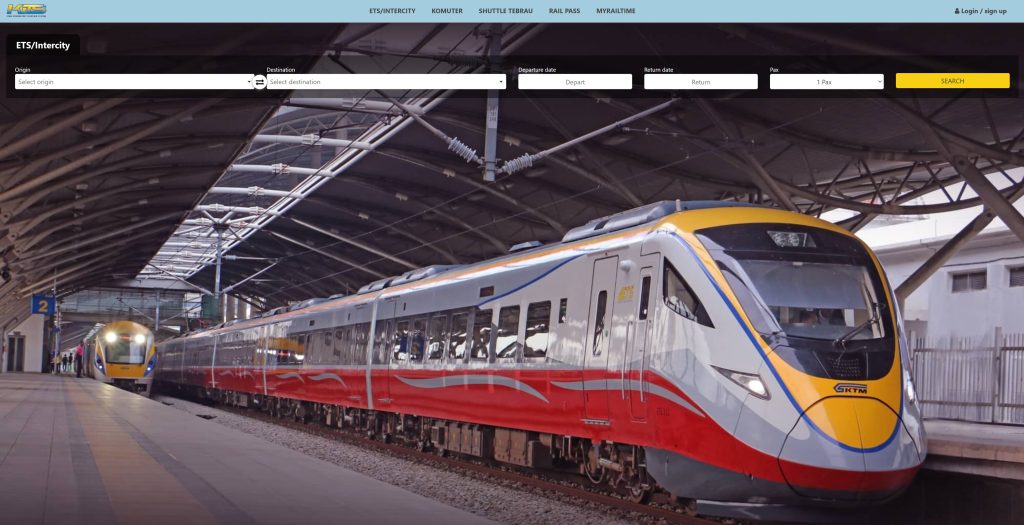
Remember that you may need to e-hail to your final destination after arriving at the end station (noticing a pattern here?). That’s totally fine too as Grab is pretty much universal in Malaysia so you should be able to “grab” one. Get it?
All of that said, I rarely use the KTM to travel out of state as there’s a method I prefer more – that’s by using the bus.
Taking busses (medium/long distance):
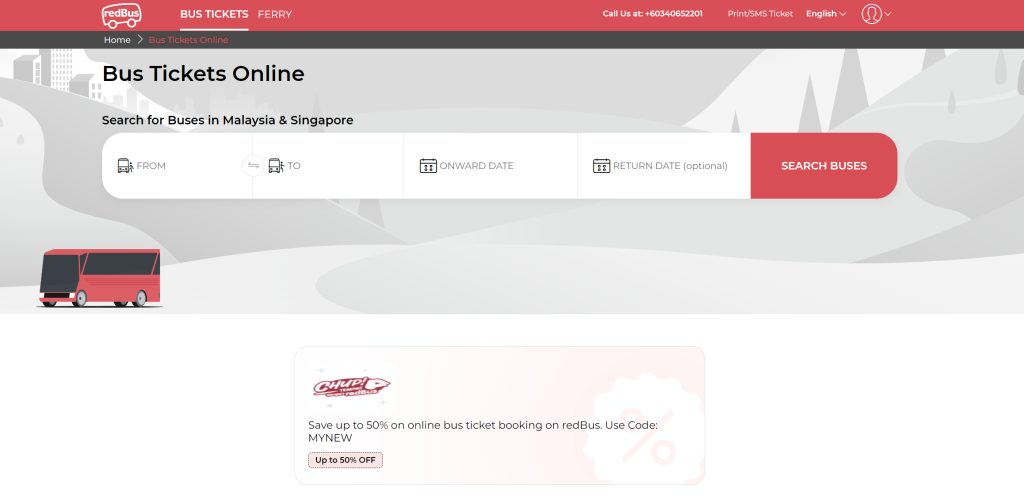
I never rely on busses to travel short distances because they are not always on time and the system is confusing.
Most locals and me included would normally just stick with Grab rather than spending the brain juice learning the routes and schedule of the buses in the area.
Not to mention the closest bus stop may not even be all that close to the start nor end point. And you don’t want to walk more than 15 mins outdoors in Malaysia under the hot sun and humid weather.
But.
When we’re talking long distance – that’s where booking a bus ticket is probably the most effective and comfortable way to get it done.
It has ample space to carry large bags that would make train travel cumbersome. It also stops periodically at rest stops to allow its riders to use the bathroom or grab a snack on the long journey.
That’s why it’s my favorite. Add to the fact that using the bus is also a simple process.
Simply book a ticket for a bus that departs at a location that’s accessible from your accommodation (check google maps) and show up on time.
My go to website for bus tickets is Redbus and it has never let me down so far.
Taking a domestic flight (when you need to get from West to East Malaysia or vice versa):
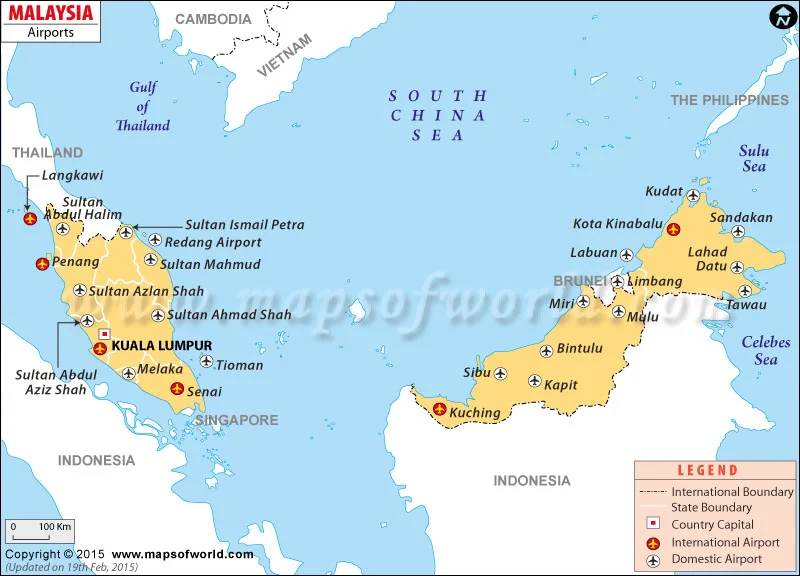
Personally I tend to avoid flights when traveling Malaysia despite there being a decent network of airports within the country itself
Sure it’s relatively affordable (for a flight) but it would still cost more than taking the train or bus.
Add that to the hassle and fares of getting to the airport, waiting for the boarding and bag collection and it’s really not worth it.
But still it’s an option for those who like and are used to taking domestic flights. And most importantly, it’s the most convenient way to cross the sea if you were to travel from West to East Malaysia or vice versa.
Pro tip: Try to never book inter-Malaysia flights during peak periods. Christmas, New Years, and Chinese New Year for instance. Tickets for domestic flights can easily reach RM700+ during those periods.
If you are planning to travel in Malaysia by flying, the most budget carrier is by Air Asia. Do know that as a budget carrier they are very strict on their baggage weights and sizes, and aren’t the most comfortable either.
But if it’s just for a 1-3 hour domestic flight, I can live with that.
Leave a Reply